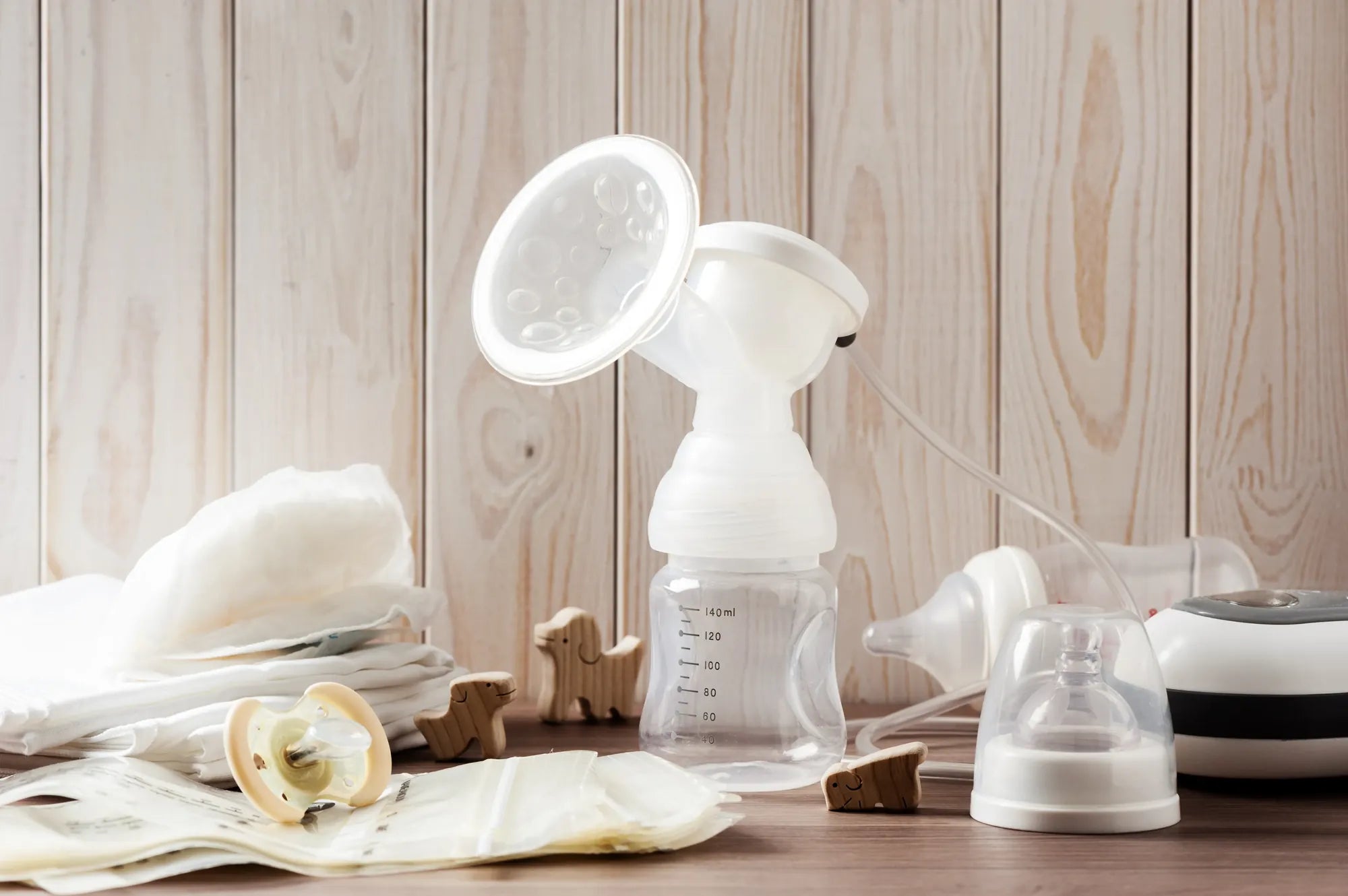Accueil
Pregnancy, Breastfeeding, and Pumping: The Ultimate Guide for Moms
Is It Safe to Use a Breast Pump After Someone?

Is It Safe to Use a Breast Pump After Someone?
When it comes to breastfeeding and expressing milk, hygiene and safety are paramount. Many mothers wonder, is it safe to use a breast pump after someone? This question is not only valid but also crucial for ensuring the health of both the mother and the baby. In this article, we will delve into the factors that determine the safety of sharing breast pumps, the risks involved, and the best practices to follow.
Understanding the Basics of Breast Pump Usage
Breast pumps are essential tools for many nursing mothers, especially those who need to express milk regularly. They come in various types, including manual and electric models, each designed to mimic the natural sucking action of a baby. However, the question of whether it is safe to use a breast pump after someone else hinges on several critical factors.
Hygiene and Sterilization
One of the most important considerations is hygiene. Breast pumps come into direct contact with breast milk, which is a bodily fluid. If a breast pump is not properly cleaned and sterilized after each use, it can become a breeding ground for bacteria and viruses. This is why it is generally recommended that breast pumps are not shared between individuals unless they are thoroughly sterilized.
Proper sterilization involves disassembling the breast pump and washing all parts that come into contact with milk in hot, soapy water. After washing, the parts should be sterilized using a steam sterilizer or by boiling them in water for at least five minutes. This process helps to eliminate any potential pathogens that could pose a risk to the next user.
Risks of Sharing Breast Pumps
Sharing a breast pump without proper sterilization can lead to several health risks. These include the transmission of infections such as thrush, mastitis, and even more serious conditions like HIV or hepatitis. Additionally, if the previous user had a cracked or bleeding nipple, there is a risk of bloodborne pathogens being transferred to the next user.
Another risk is the potential for cross-contamination of breast milk. If the breast pump is not cleaned properly, residual milk from the previous user could mix with the new user's milk, leading to contamination. This is particularly concerning if the previous user had a medical condition or was taking medications that could affect the safety of the milk.
Best Practices for Using a Breast Pump After Someone
If you find yourself in a situation where you need to use a breast pump after someone else, there are several best practices you can follow to minimize the risks:
- Thorough Cleaning: Ensure that all parts of the breast pump that come into contact with milk are thoroughly cleaned and sterilized before use.
- Personal Parts: Consider using personal parts such as breast shields and bottles, which can be purchased separately and are specific to the user.
- Inspect for Damage: Before using a shared breast pump, inspect it for any signs of damage or wear that could compromise its safety.
- Consult a Healthcare Professional: If you are unsure about the safety of using a shared breast pump, consult a healthcare professional for advice.
Alternative Solutions
If you are concerned about the safety of using a breast pump after someone else, there are alternative solutions available. Many hospitals and lactation consultants offer rental programs for breast pumps, where the pumps are professionally cleaned and sterilized between uses. Additionally, some insurance plans cover the cost of purchasing a new breast pump, which can provide peace of mind for nursing mothers.
Another option is to use a manual breast pump, which is typically less expensive and can be used exclusively by one person. While manual pumps may require more effort to use, they can be a safer alternative to sharing an electric pump.
Legal and Ethical Considerations
In some regions, there may be legal and ethical considerations regarding the sharing of breast pumps. For example, in certain countries, it is illegal to sell or distribute used breast pumps due to the potential health risks. It is important to be aware of the regulations in your area and to make informed decisions based on these guidelines.
From an ethical standpoint, it is also important to consider the well-being of the baby. Breast milk is the primary source of nutrition for infants, and any contamination could have serious consequences. By prioritizing safety and hygiene, mothers can ensure that their babies receive the best possible care.
Final Thoughts
Ultimately, the decision to use a breast pump after someone else is a personal one that should be made with careful consideration of the risks and benefits. While it is possible to safely use a shared breast pump with proper cleaning and sterilization, it is generally recommended to use a new or personally owned pump to minimize the risk of contamination.
By following best practices and consulting with healthcare professionals, nursing mothers can make informed decisions that prioritize the health and safety of both themselves and their babies. Remember, when it comes to breastfeeding, safety should always come first.
Partager
